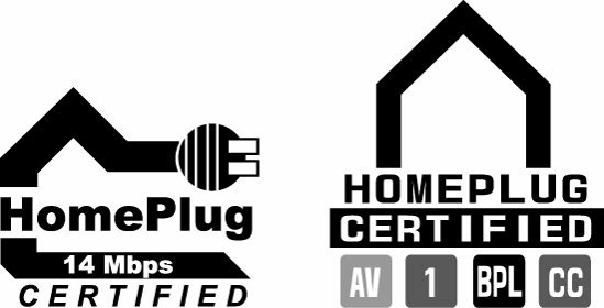Hardware Reference
In-Depth Information
Figure 17.21. The HomePlug Powerline Alliance certification marks. The original mark (left) for
HomePlug 14Mbps network devices only has been replaced by the new multipurpose mark
(right).
Putting Your Network Together
In this section is a detailed checklist of the hardware and software you need to build your network.
First, start with the number of computers you plan to network. You need the items discussed in this
section to set up your network.
Network Adapters
Every system needs a network adapter or interface card. These are normally built in but can also be
added in the form of a card or external USB device.
Traditionally, network adapters are also called network interface cards (NICs). To simplify technical
support and minimize the number of drivers you have to deal with, where possible I recommend you
use the same make and model of NIC for each computer in your network.
For the best performance in a wired network, I recommend using only Gigabit Ethernet components,
especially with regards to NICs and switches. If your system has a built-in Fast Ethernet (100Mbps)
NIC, you might consider replacing it with a Gigabit Ethernet card. I recommend PCI-Express-based
Gigabit NICs for desktop computers and ExpressCard Gigabit NICs for laptop computers with
ExpressCard slots. (ExpressCard includes the PCI-Express bus.) USB network adapters can be
convenient, but USB 1.1 sockets are much slower than 10/100 Ethernet and slow down any USB-
attached network interface. USB 2.0 sockets and devices are satisfactory for connecting 10/100
Ethernet USB adapters, but they are completely inadequate for Gigabit Ethernet adapters. USB 3.0
ports support Gigabit Ethernet speeds when connected to Gigabit Ethernet adapters for USB 3.0.
When adding wireless networking to desktop systems, I recommend USB wireless network adapters
over those using PCI or PCIe slots. There are several reasons:
•
Installation
—You don't need to open the system to install a USB device.
•
Portability
—You can easily use the USB device with any other PC.
•
Signal strength
—You can more easily achieve optimal antenna placement with a USB device,
especially when attached to the end of an extension cable.

